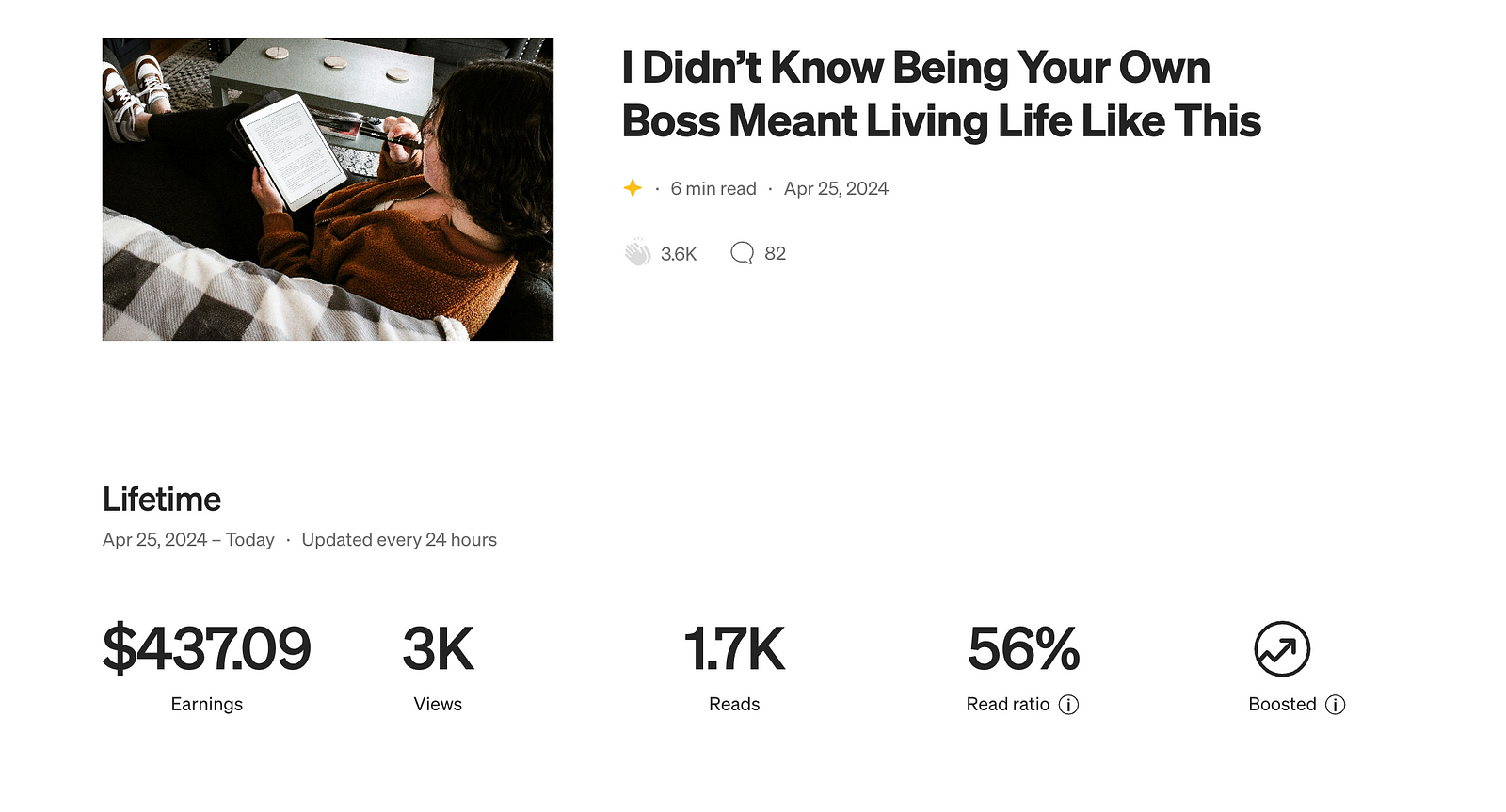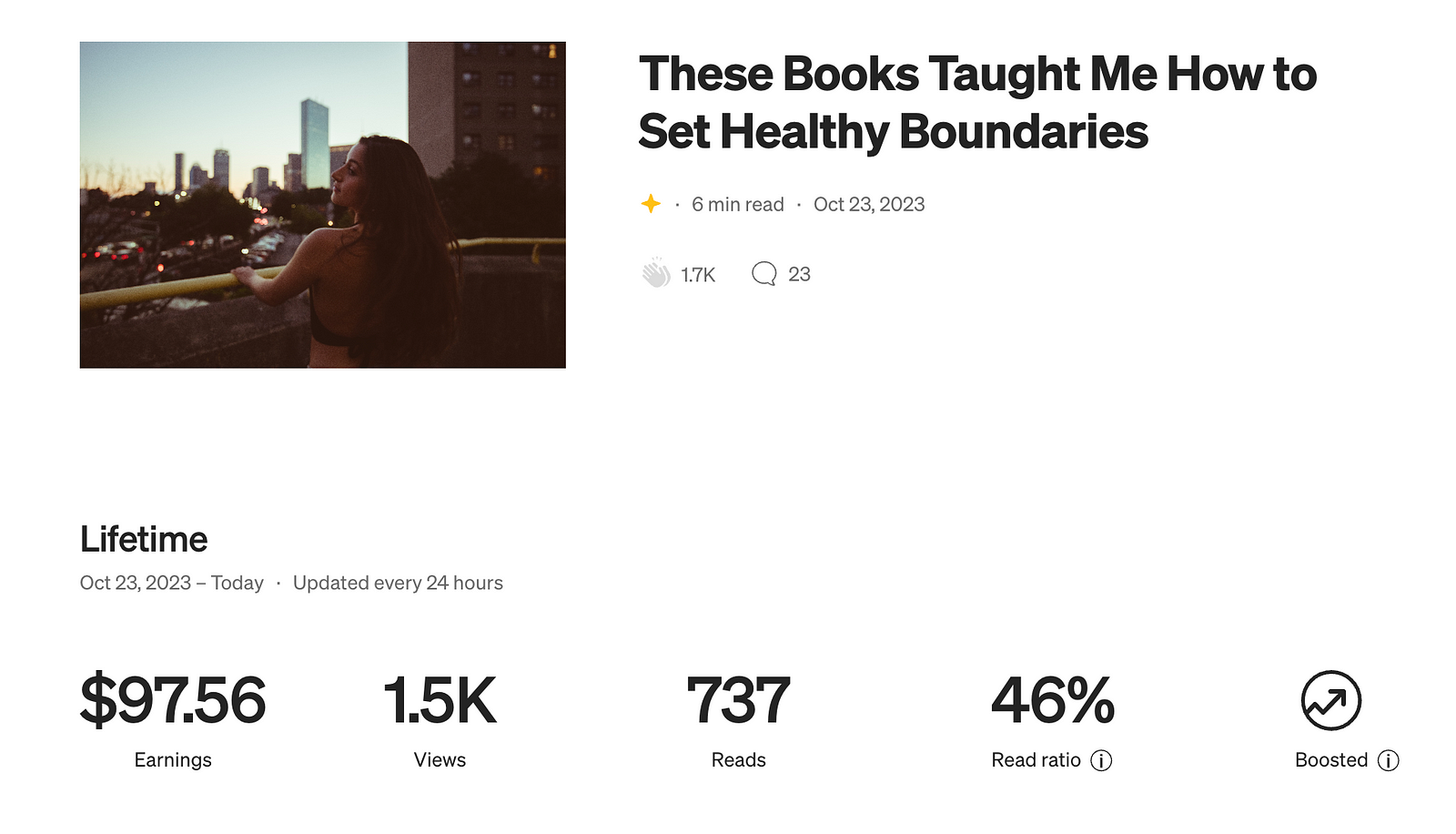If I Started Blogging Today, Here’s What I’d Write About
A writer’s guide to starting your journey and setting up a personal brand online.

A writer’s guide to starting your journey and setting up a personal brand online.
“What topics can I write about on Medium?”
This is one of the most common questions I get asked on my articles and videos.
If you’re a new writer, I’m not surprised by this query. When I started my online writing journey, I was confused too. I wondered if I should have a niche, if some topics are more profitable than others, etc.
I also thought my articles needed to fall under a certain category to make money.
Now, after three years of being a full-time writer, I know that’s not the case. I know that you don’t need to stick to a particular niche or category to make money from writing.
The highest-paid articles are the ones that deliver value and come straight from the heart.
Confused? Read on, for in this article, I share the exact strategy I’d follow if I were to start blogging today from scratch. I hope you find some value in my words, and don’t forget to leave your thoughts in the comments.
What I learned
The creator space is getting crowded day by day. If I had to start writing today, I’ll focus on sharing my journey through my content to stand out in the crowd.
Here’s why-
- People can find anything on the internet, but what I feel, learn, or experience in my life will always be unique.
- Personal stories and human faces engage the readers more than a faceless brand or AI-generated content.
- People connect with such content on a deeper level and keep coming back to it to get motivated, feel better, or learn from it.
That’s why writing about your learnings is the best strategy — it helps you stand out and ensures you’re not losing yourself in the sea of creators.
For example, you’ll find hundreds of articles on topics like ‘Things You Should Know Before Getting Started as a Freelancer’ or ‘How to Switch from a 9-to-5 Job to a Freelancing Career.’
I wanted to write something along those lines, but to make it personalized I tweaked it to “I Didn’t Know Being Your Own Boss Meant Living Life Like This”. With 3k views and $450+ in earnings, this is one of my most successful recent articles.

What makes this article special?
- I talked about my unfiltered experiences.
- I offered guidance to make it useful for new writers who want to get started in their entrepreneurial journey.
- I added my photos to give context to my story. This made it more relatable and entertaining.
- I included an important takeaway for the reader to get started with the right mindset– “Being self-employed is rewarding when you have a long-term vision that helps you embrace both the ups and downs of the journey.”
In terms of structuring, the article had three major elements:
- Personal knowledge– The challenges, mindset, and raw behind-the-scenes efforts of solopreneurship that no one shares online.
- In-demand topic– Everyone wants to do the work they love doing to have mental peace along with financial freedom.
- Something for the reader– Harsh realities (instability, work anxiety, tough decision making, etc.) that solopreneurs face and how to prepare for it.
What I want to learn
Another important category of articles is lessons from the books I read and how they impact my life. I’d write about books because I’m an avid reader. Creating content about them would help me build credibility and give readers a glimpse into my personality.
You can write about anything that taught you life lessons: experiences, movies, songs, travel- anything.
You can find an example of this kind of content in one of my articles where I talked about the books that helped me learn how to set boundaries. This article made close to $100 and was viewed 1000+ times.

What makes this article special?
- I shared the lessons I learned from some powerful books.
- I kept an element of education in this article, which helped readers learn some boundary-setting basics.
- I included photos of the book covers, giving context to the story and adding relatability.
- I mentioned important takeaways for the readers that they can implement without reading the books.
In terms of structuring, the article had the same three major elements:
- Personal takeaways- Setting boundaries is about self-discovery, better communication, and appreciating others’ boundaries.
- In-demand topic- Learning to draw healthy boundaries is universally relevant and can help people of all ages, backgrounds, and genders lead fulfilling personal and professional lives.
- Something for the reader- An understanding of types of boundaries, how and when to say ‘No’, and how to express your feelings without any guilt or aggression.
